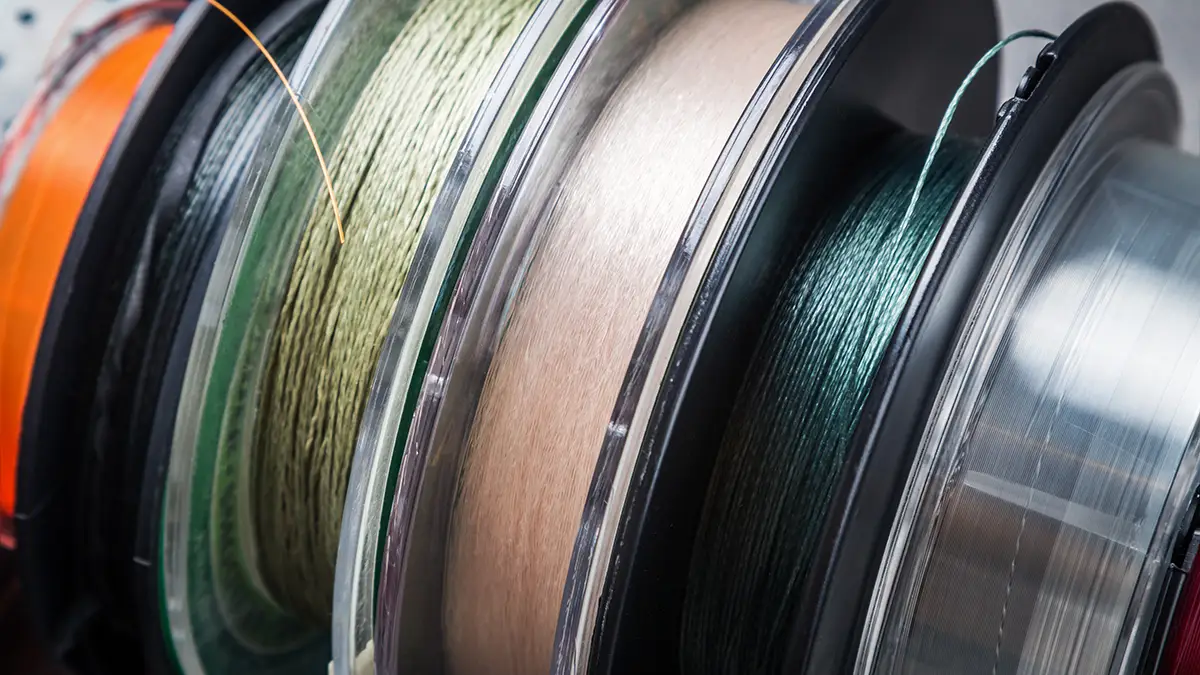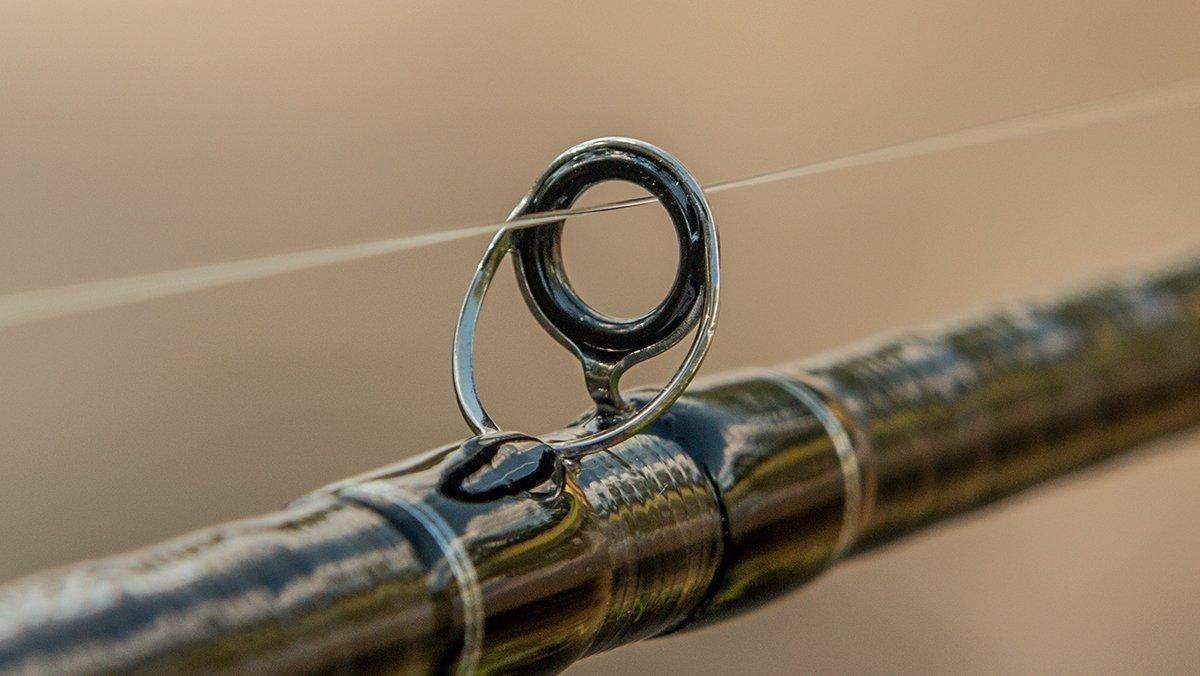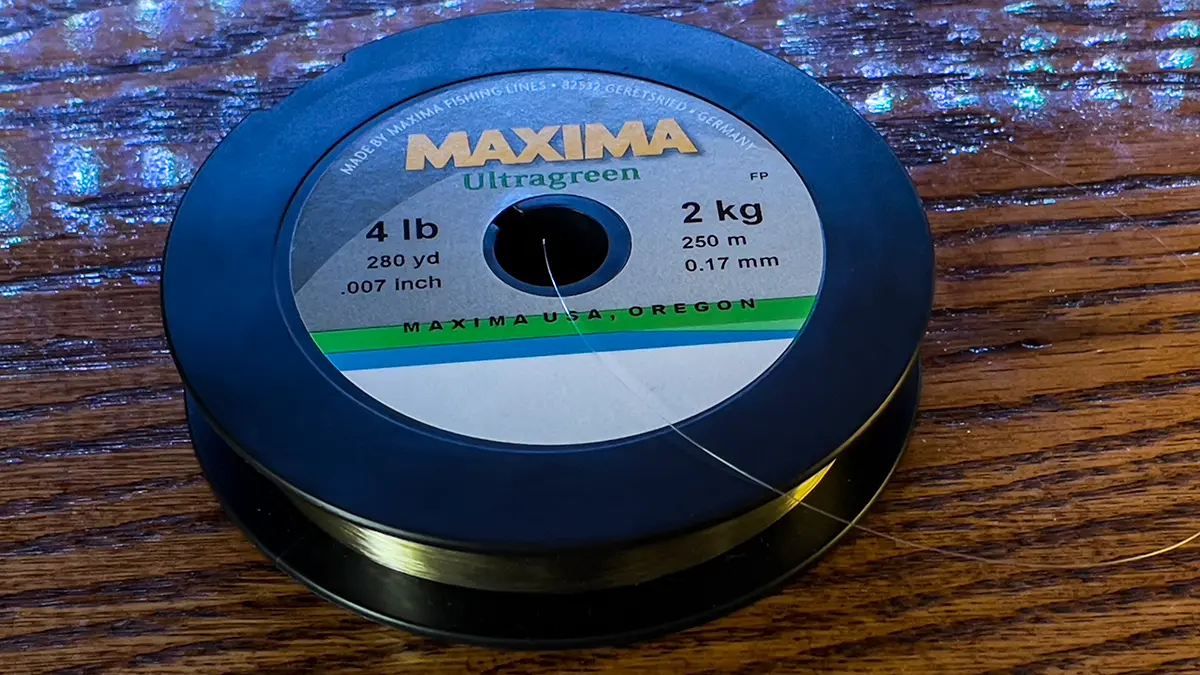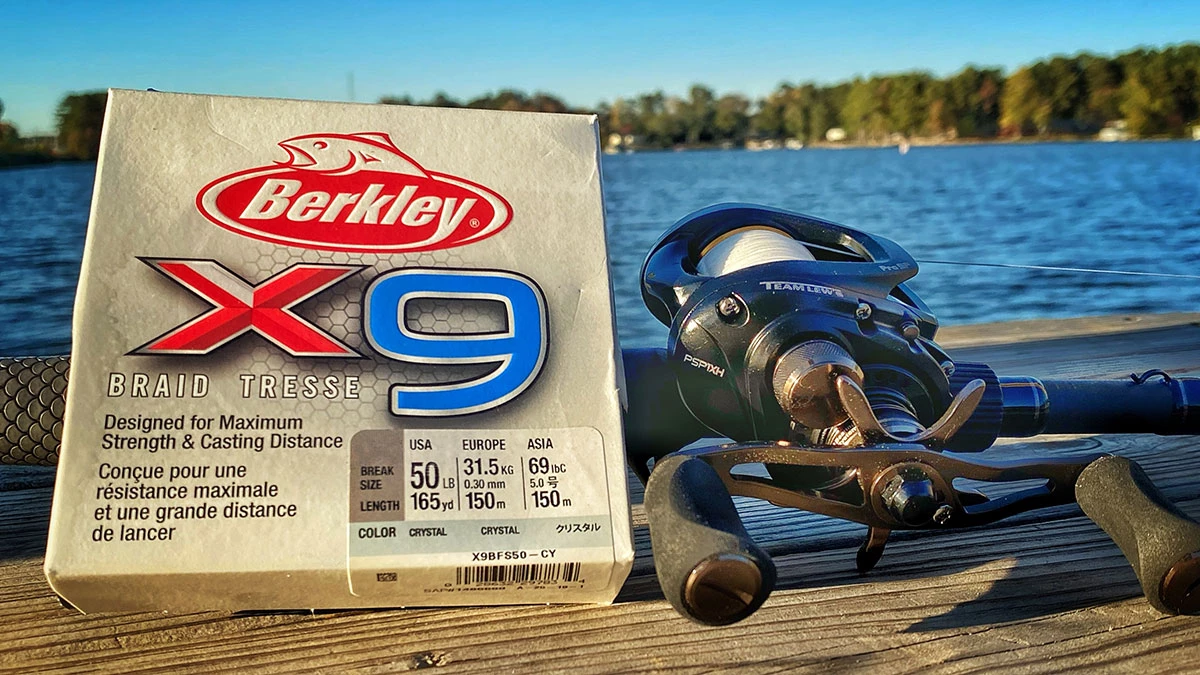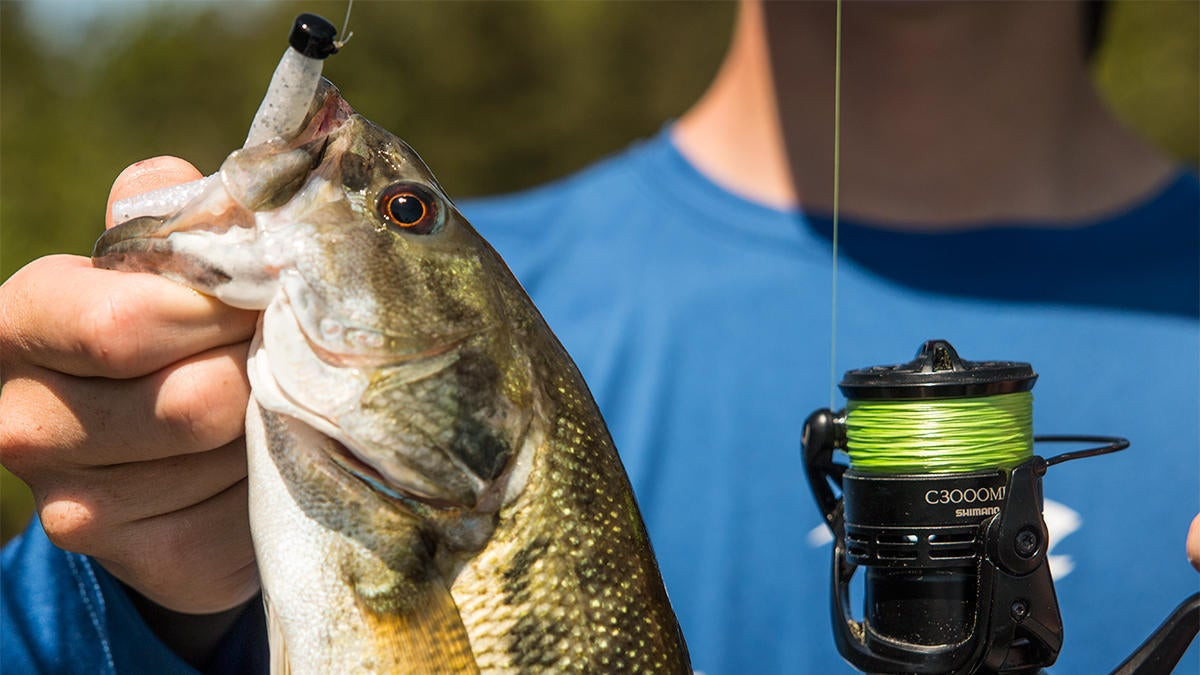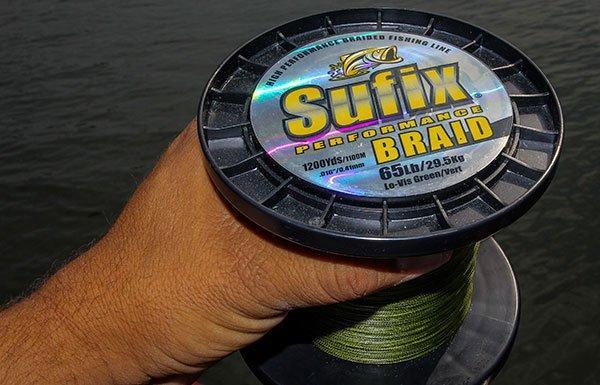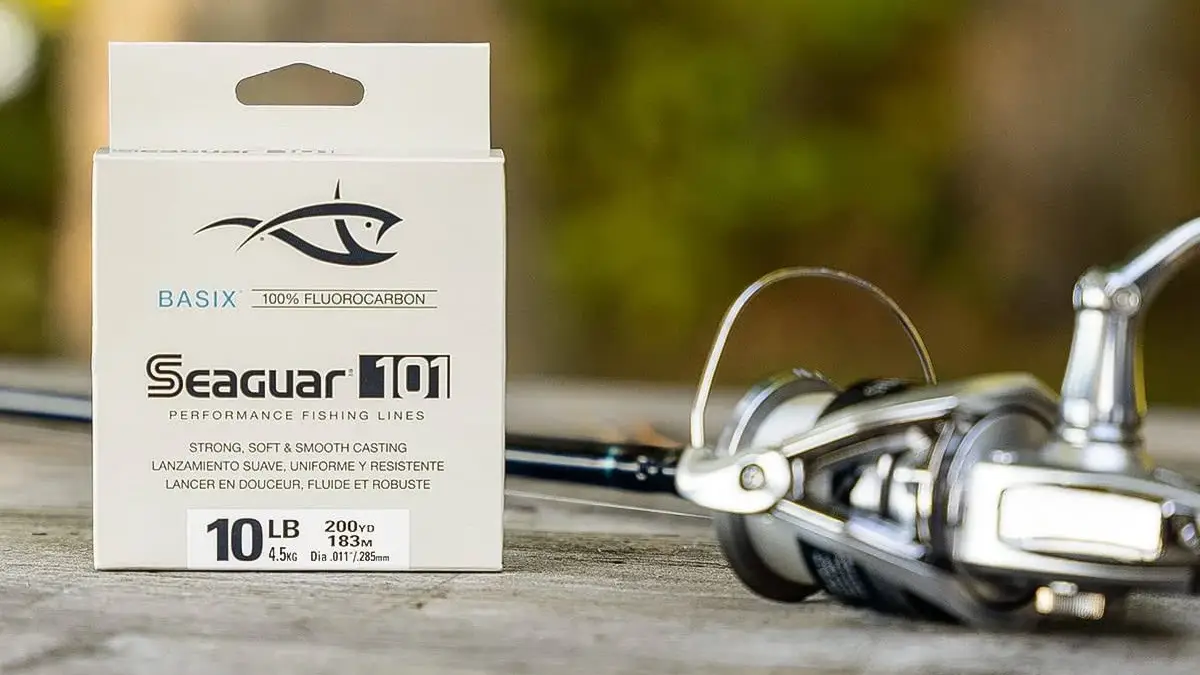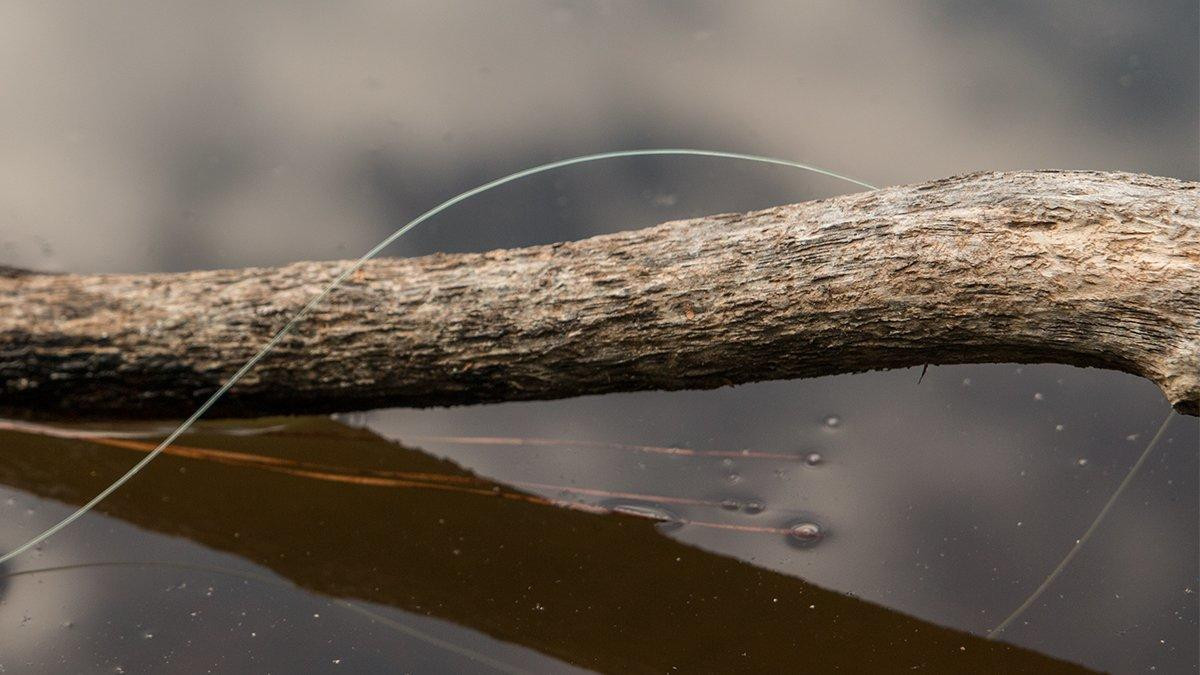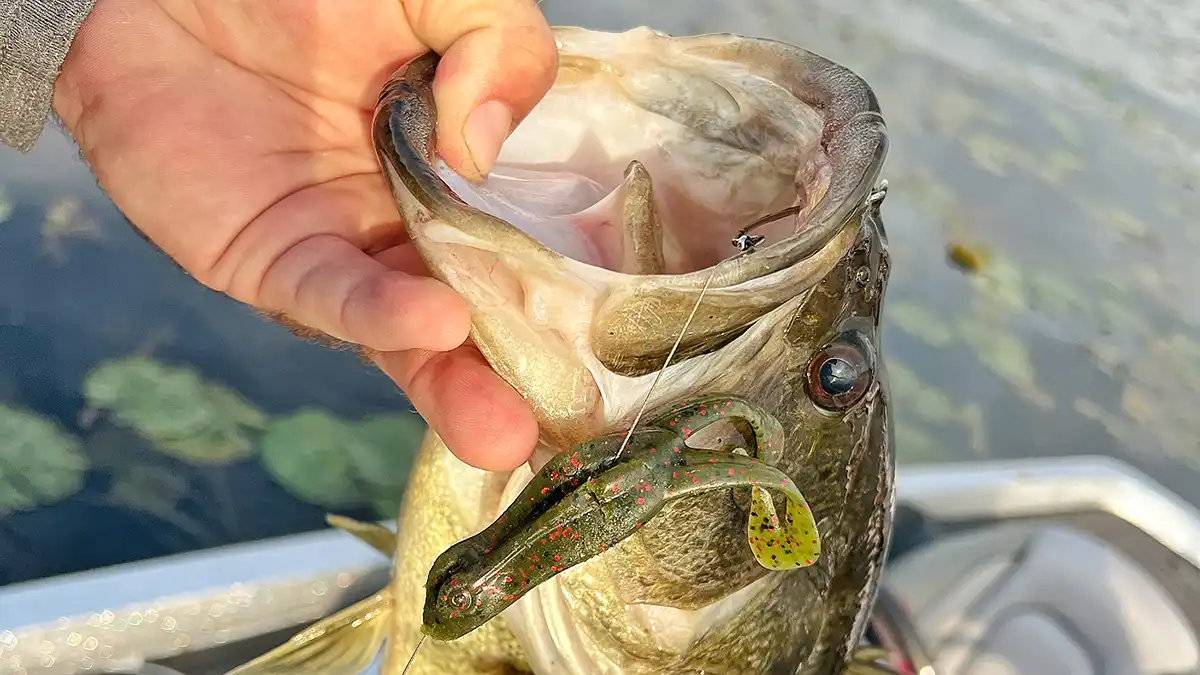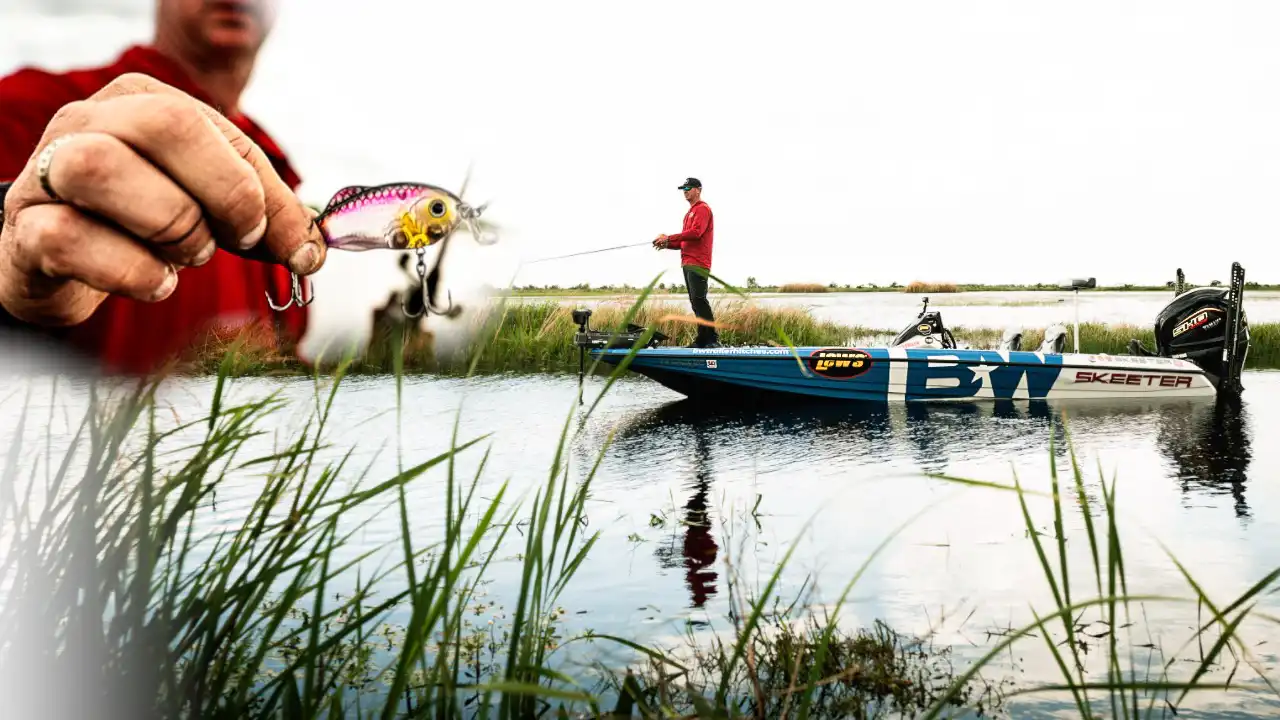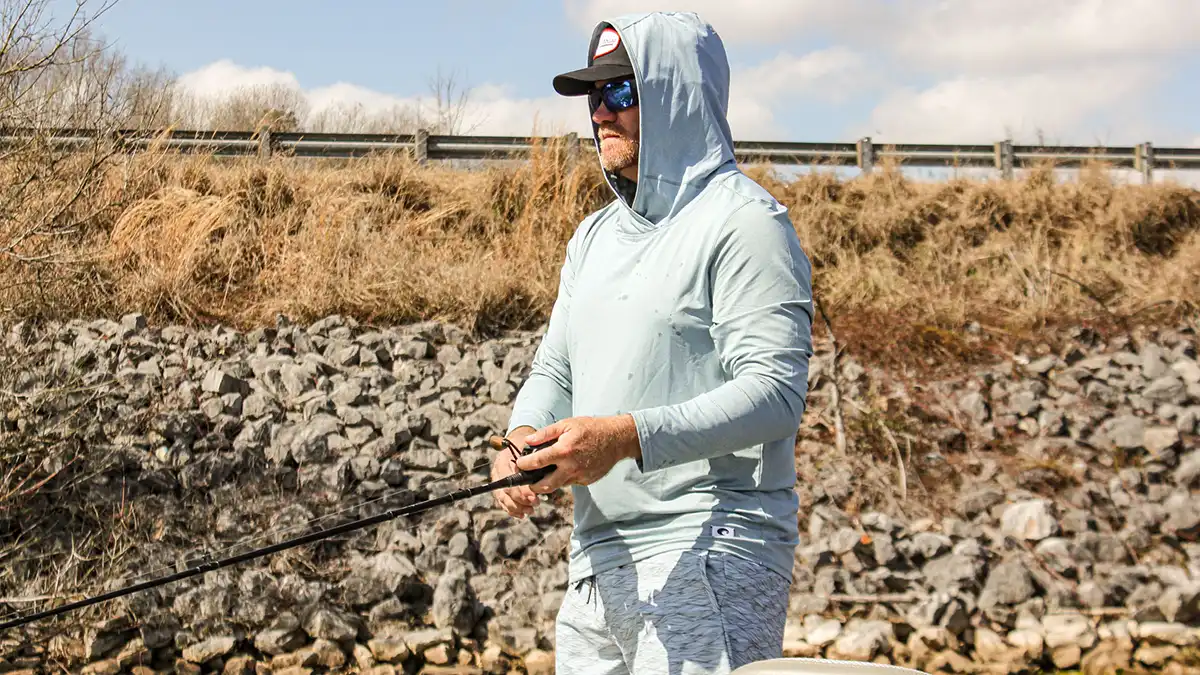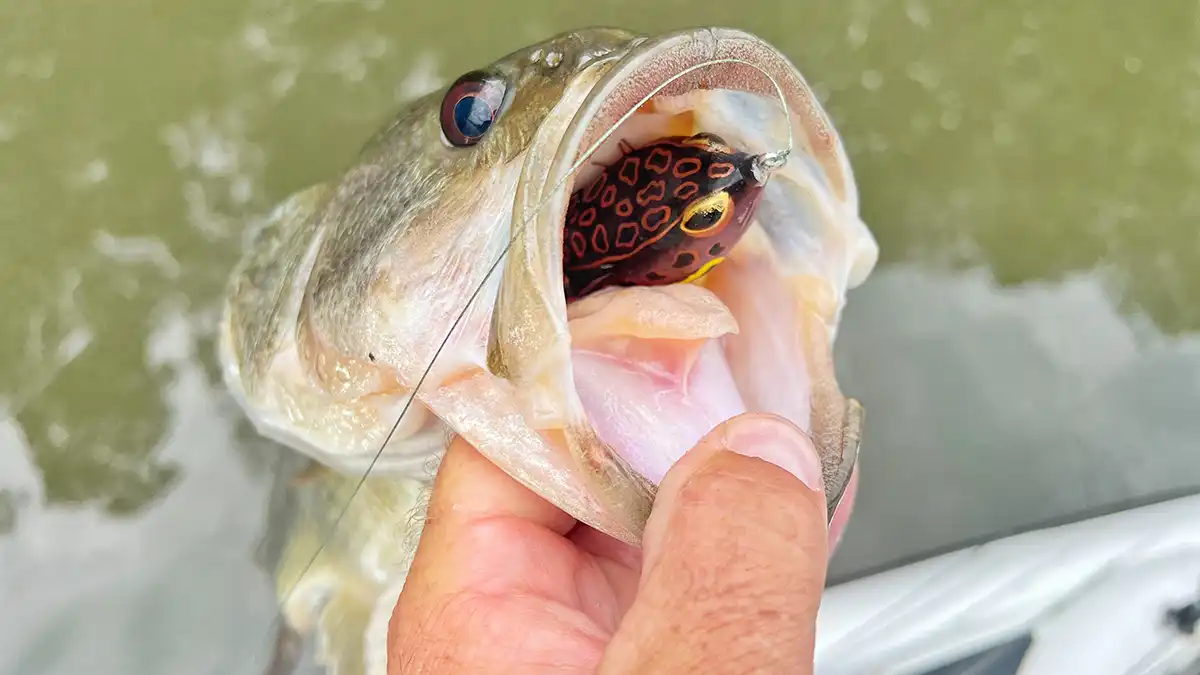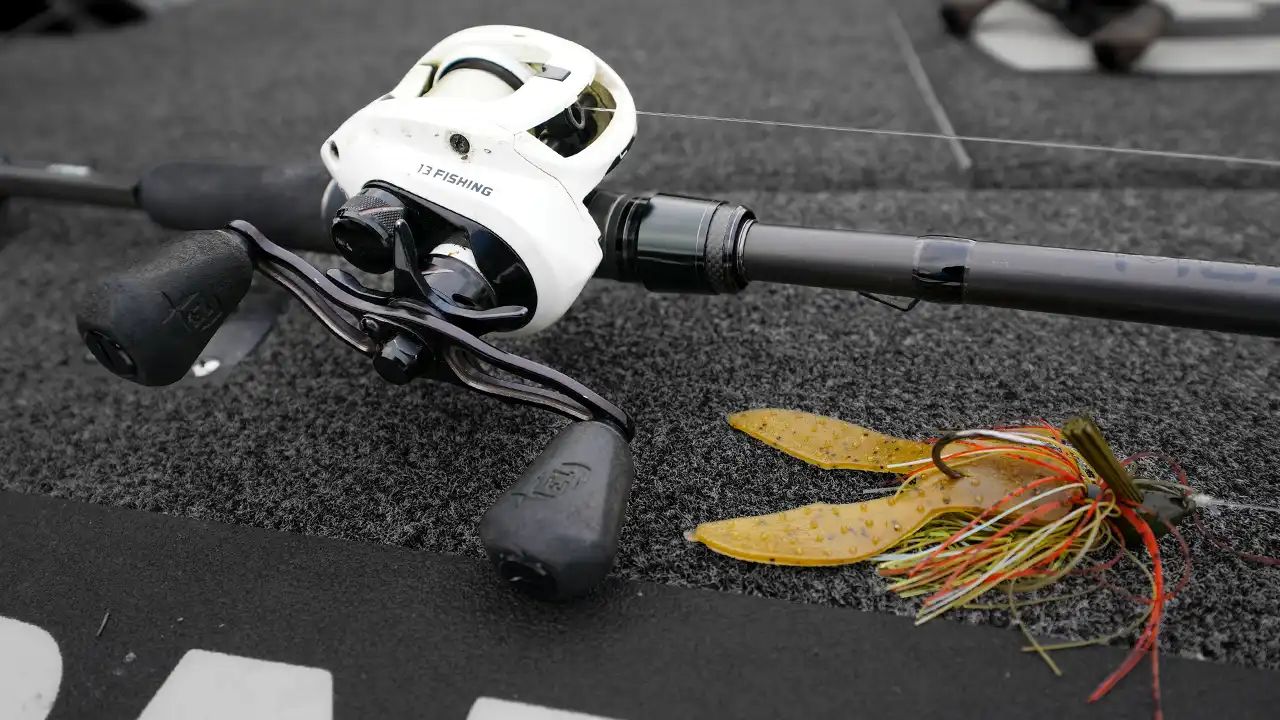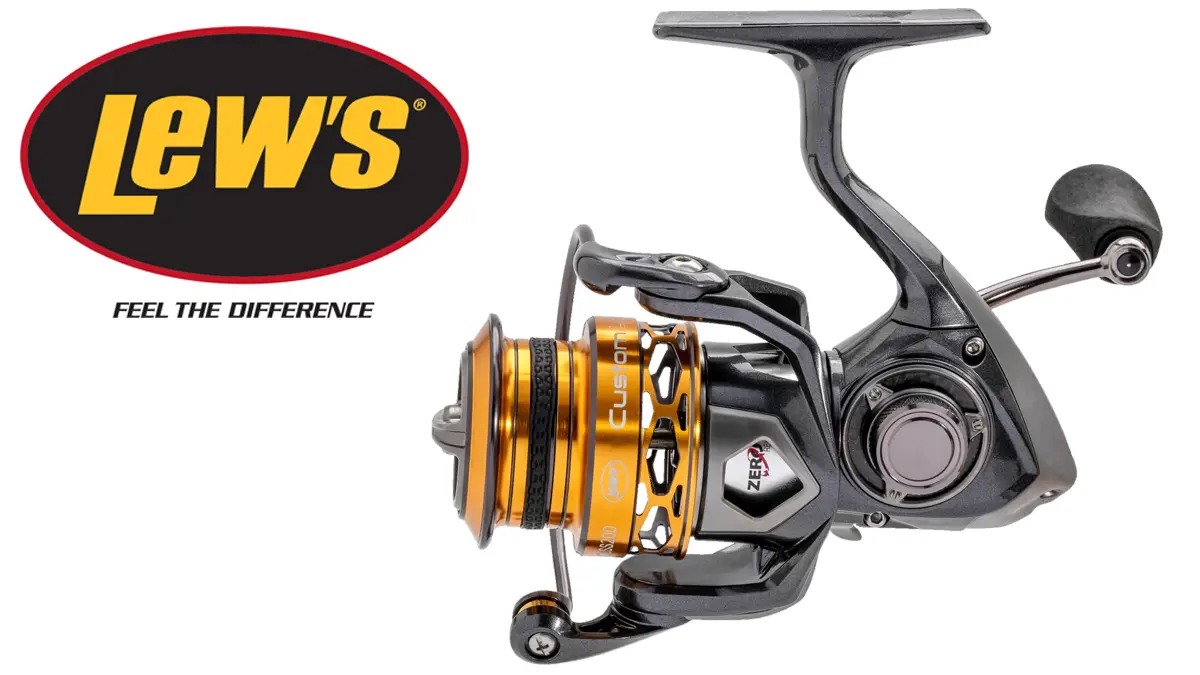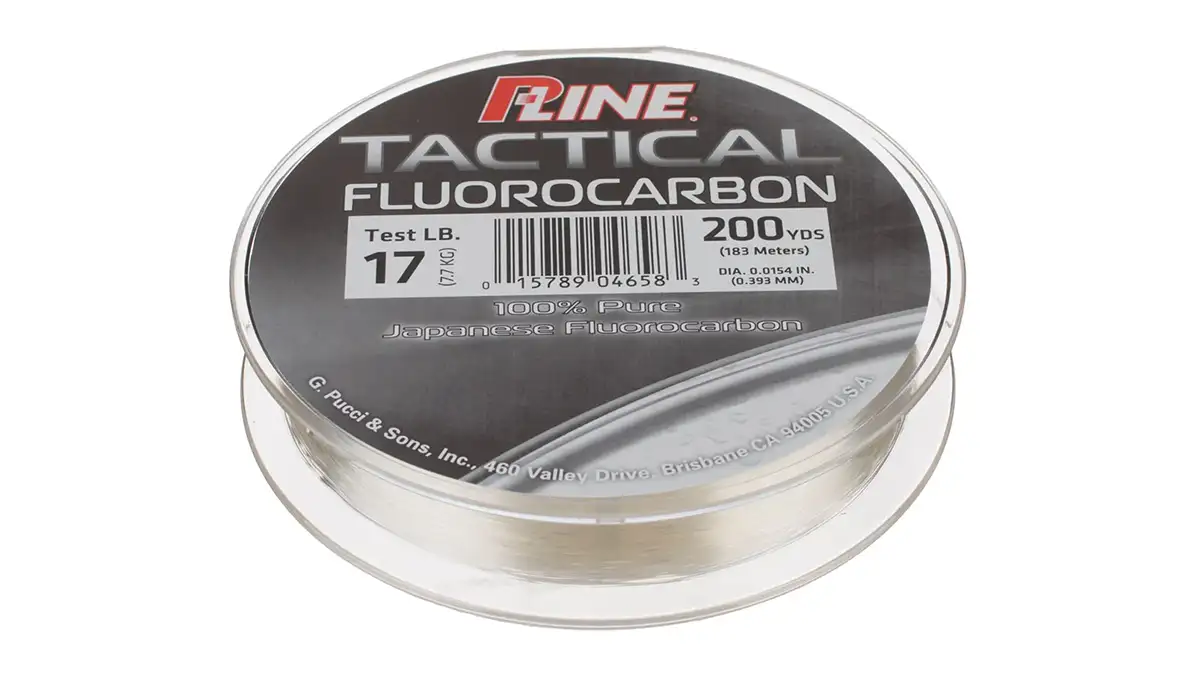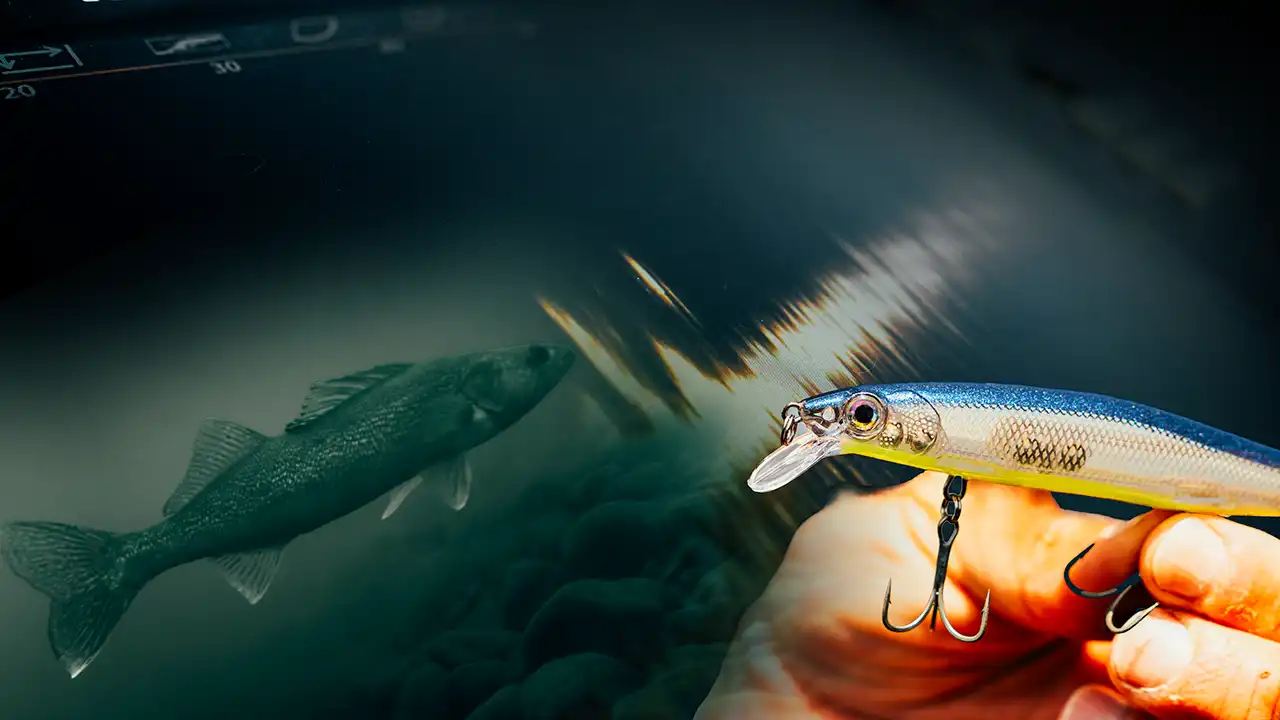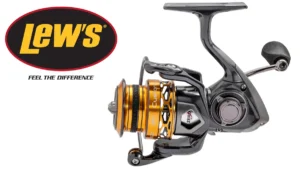The best fishing line should ensure that when you hook that fish of a lifetime that you have a fighting chance to land it. It should also give you the least amount of hassle and headache with your fishing reels and fishing rods. While nothing works flawlessly 100 percent of the time in all types of weather and conditions, some are definitely better than others when it comes to fishing lines.
Yes you can certainly get by for a time on a cheap fishing line, and we’ve certainly landed a few fish on lesser fishing lines. I think for us it’s about convenience and less hassle in the precious small amount of relative time we get to spend fishing. I want my line to be the best connection I can have to the fish and put as much advantage in my favor as possible when on the water. I don’t like leaving the opportunity to catch a big fish completely to chance and luck.
So I take care to make sure my gear is in good working condition and that I have fresh line swapped out periodically.
Here’s a quick rundown of what we think are some of the best braided fishing lines, monofilament fishing lines, fluorocarbon fishing lines and where we think each fish best.
- Best overall fluorocarbon – Seaguar Tatsu – Buy from Basspro
- Best overall monofilament – Maxima Ultragreen – Buy from Basspro
- Best braid for baitcasters – Berkley X9 Braid 65 pound – Buy from Tacklewarehouse, or Buy from Berkley(Use code BERKW2F10 for 10% Off thru 4.30.24)
- Best braid for spinning reels – Seaguar Smackdown 10 pound – Buy from Tacklewarehouse
- Best budget braided line – Sufix Performance braid – Buy from Basspro
- Best budget fluorocarbon line – Seaguar Basix – Buy from Tacklewarehouse
- Best budget monofilament line – Berkley Big Game – Buy from Basspro, or Buy from Berkley (Use code BERKW2F10 for 10% Off thru 4.30.24)
Best Overall Fluorocarbon: Seaguar Tatsu
This is the finest fluorocarbon you can buy, bar none. It uses the highest materials sourced by the originators of fluorocarbon fishing line. Small diameters, incredible sensitivity, castability and sensitivity in one low stretch fishing line. We do everything from crappie and bluegill fish with it and pitch it into the gnarliest wood cover we can find to wrestle big bass out. This line has never failed us and has wowed us on many occasions on what it stood up to and didn’t break.
The price is the upper end of most angler’s budgets, but when the chance at a PB or money is on the line, this is the line you can count on.
Read our full review of Seaguar Tatsu.
Best Overall Monofilament: Maxima Ultragreen
We started using Maxima Ultragreen three decades ago and it has continued to wow us for its industry best small diameters while also remaining consistently strong even in smaller pound tests. This German born company adheres to rigid standards for sourcing and production and its R&D and testing center is rooted in the hills of Bavaria. They use the most advanced technology to provide anglers with some of the most technically sound monofilament on the market.
Personally, I love the 4-pound test. I’ve been using it for stream fishing, crappie fishing, bait finesse fishing, bass fishing, and more for decades. While lots of other lines have been on my reels and through my testing, I keep coming back to Maxima. I have no relationship with them and have no vested interest in recommending them, but after decades of using this line and relying on it so much, it’s hard still for me to put any other monofilament ahead of it.
Best Braid for Baitcasters: Berkley X9 Braid 65-pound
The Berkley X9 Braid is some of the best casting braid in big pound tests which makes it a nice offering for anglers throwing big topwaters, frogs, flipping grass and heaving big swimbaits on baitcasting gear. It’s quiet, smooth, round and a great all around braid plus it’s at a pretty good price. That makes it very attractive to us.
The X9 features a 9-carrier construction with a PE core. It’s tightly woven and the additional carriers makes it very durable and tough when fished over and through hard objects.
See our full review of Berkley X9 Braid here.
(Use code BERKW2F10 for 10% Off thru 4.30.24)
Best Braid for Spinning Reels: Seaguar Smackdown 10-pound
The Seaguar Smackdown braid has a very thin and supple construction that helps it perform very well on spinning gear. It comes off the reel easy, slide through the guides easy and gives you maximum casting distance and maximum sensitivity at distance which is everything with spinning gear. The tight weave and round surface makes it a flawless braid for spinning enthusiasts. The coating resists digging in the spool on snags and hooksets and it also helps reduce wind knots—one of the most dreaded parts of fishing with spinning tackle.
See our full review of Seaguar Smackdown here.
Best Budget Braid: Sufix Performance Braid
This has been the workhorse braid for many years for a lot of anglers. It’s very affordable, it’s smooth, it does lose some of its color, but the reversing line trick works to make it last a full year or more. We’ve thrown everything from frogs, to walking and prop topwaters, swimbaits, swim jigs, buzz baits, lipless cranks, and more. The line casts well, it is very durable and it just works. At it’s price point, we think you will be hard pressed to find a better option.
See our full review of Sufix Performance Braid here.
Best Budget Fluorocarbon: Seaguar Basix
This is a fairly new addition for us, but I’ve been so impressed with it already. I fished finesse baits and spinnerbaits this winter with it and have been cranking and spinner baiting with it this spring with great success. I just love this line. For the money it has been rock solid. It casts well, retrieves well and the diameter is nice for a budget fluorocarbon. Usually budget fluorocarbon means big stiff line. But this line has been great. This will convert a lot of anglers I feel like because of its attractive price point and great performance.
Best Budget Monofilament: Berkley Trilene Big Game
It’s just hard to bet against Berkley Big Game. It’s one of the top selling lines of all time for a reason. You can fill a bunch of fishing reels for just a few bucks with this line and leave it on your rod and reel all season and just grab it and go when it’s time to fish. It’s no nonsense dependable line for the money. I still know a lot of really good big bait guys who only throw Big Game and swear by it. It’s just proven itself over and over with giant catfish, stripers, big bass, and more. It is a low cost line that budget conscious anglers can count on.
Read our full review of Berkley Trilene Big Game.
(Use code BERKW2F10 for 10% Off thru 4.30.24)
These are our favorites of all the lines we’ve reviewed and examined in our buyers guides. For more complete rundowns of many of the fishing lines on the market visit our buyers guides for best braided line, best fluorocarbon line, and best monofilament line. This guide and those other line specific guides will give you a lot of options for your fishing applications, and you will certainly find one that fits your criteria and fishing waters near you.
One of these lines is likely to be your best fishing line as well.


